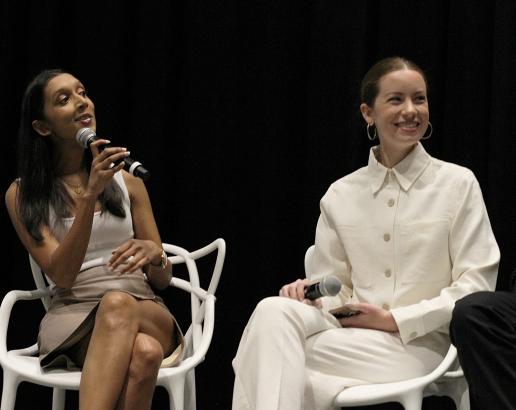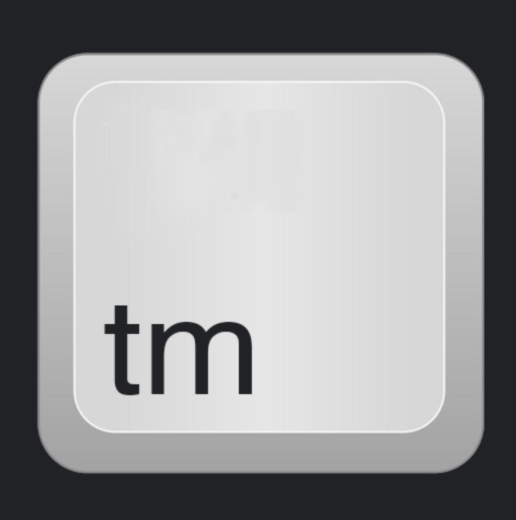Bitcoin Ordinal NFTs have reinvigorated the Bitcoin community and wider web3 world at large.
In the past few months, the Ordinals protocol and, most notably, the inscriptions generated by the protocol have dominated conversations about the future of the Bitcoin blockchain and driven builders and creators from all ecosystems to the Bitcoin network. While Bitcoin NFTs had existed for years prior to Ordinal inscriptions, the ability to inscribe satoshis with content in the form of a Bitcoin transaction directly on the Bitcoin blockchain – and the subsequent digital artifacts that are created – has unleashed a whole new world of possibilities and use cases for Bitcoin. From upending traditional NFT marketplaces to expanding the capabilities of Bitcoin wallets, Ordinal theory has truly expanded what is possible on-chain with Bitcoin.
Therefore, it comes as no surprise that Ordinals were a big point of discussion at NFT.NYC 2023.
How do Bitcoin Ordinals Work?
Ordinal theory on Bitcoin, as defined by Ordinals developer Casey Rodarmor, involves assigning numbers to each individual satoshi on the BTC network. This number allows each sat to be tracked and transferred due to their own unique numbers.
That in and of itself spurred conversations around Bitcoin fungibility and ownership. However, what really allowed Ordinals to steal the spotlight was the ability for users to ascribe sats with content and additional data directly on the Bitcoin blockchain itself as a transaction. These digital artifacts – or Ordinal inscriptions, as they came to be known – took the crypto and NFT community by storm and renewed interest in Bitcoin.
Since then, the Bitcoin ecosystem has given rise to a wide variety of use cases involving Ordinals and provided a case study in building directly on the Bitcoin blockchain.
Bitcoin Ordinals at NFT NYC 2023: Ordinal Inscriptions and Bitcoin NFTs
Casey Rodarmor's creation was heavily discussed at NFT NYC 2023, particularly during a number of panels that dealt primarily with traditional NFTs and the future of the non-fungible token (NFT) landscape. This included a panel moderated by Trust Machines Head of Operations and Strategy, Rena Shah, that featured a number of notable speakers from the Bitcoin NFT ecosystem:
- Elizabeth Olson, Head of Growth at Xverse
- Jamil Dhanani, co-founder of Gamma
- Gideon Nweze, founder and CEO of DIBA
- Anastasiia Ilicheva, who runs PR, Marketing and Business Development at DIBA
"The Future of Bitcoin NFTs and Ordinals" covered everything from how the Bitcoin protocol works to Ordinals marketplaces and the differences between NFTs and Ordinals. The speakers illustrated the value that comes with inscriptions on the Bitcoin chain and how inscriptions using Ordinals have shifted the discussions about NFTs on Bitcoin entirely.

Source: Trust Machines
While there has been a general understanding that Bitcoin NFTs are unlike other NFTs given their fully decentralized nature, the usage of Bitcoin Ordinals has challenged developers and creators within the Bitcoin community itself to think beyond their immediate creations. As we laid out in our Trust Machines "Not Your Ordinary NFTs: An Exploration of Bitcoin Ordinals" series, the ability to inscribe data on to sats and to mint digital artifacts with no need for smart contracts or off-chain transactions has implications for the Bitcoin network as a whole. For example, the Bitcoin Ordinals protocol has given the Bitcoin block space debate new life, with many believing that increased fees may actually benefit the larger Bitcoin mining economy and, in turn, the network as a whole (which was also mentioned on the panel).
The panelists also discussed that the immutable nature of these new Bitcoin NFTs – which are inscribed directly onto the Bitcoin blockchain – has also led many in the Bitcoin community to prize their new Ordinals in a different way than they would a traditional NFT minted on, say, Ethereum. In many ways, these digital artifacts inscribed on Bitcoin are viewed more as treasured collectibles that aren't simply for trading, but as a permanent piece of one's collection whose very minting process speaks to the Ordinals project's own focus on ownership.
But most of all, the panelists emphasized how the rise of Ordinals has, ultimately, led to the rise of a new Bitcoin Renaissance.
"It feels like we're going through a Bitcoin Renaissance, where all of us can agree that we're making Bitcoin fun again," said Shah. "We're making Bitcoin magical by bringing a renewed interest in functionality to the blockchain."
The Impact of Bitcoin Ordinals and the Bitcoin Community
So, what's next for Bitcoin Ordinals?
As more users trade Ordinals in their Ordinals wallets and continue innovating on Bitcoin Ordinals inscriptions, it's clear that Bitcoin Ordinals are here to stay. What makes Ordinals different from NFTs is their immutable, on-chain nature, and that will continue to fascinate the wider Bitcoin space and beyond.
That, in turn, means that the new protocol will generate more interest in Bitcoin's L1 and its potential as a settlement layer. There's more to Ordinals than creating NFTs on Bitcoin, and builders will continue to explore the inherent opportunities and potential that Bitcoin could bring.
After all, as Nweze said, "Bitcoin is the truth. Bitcoin is the Sun."
And it's only a matter of time before the wider web3 industry recognizes this as well.



